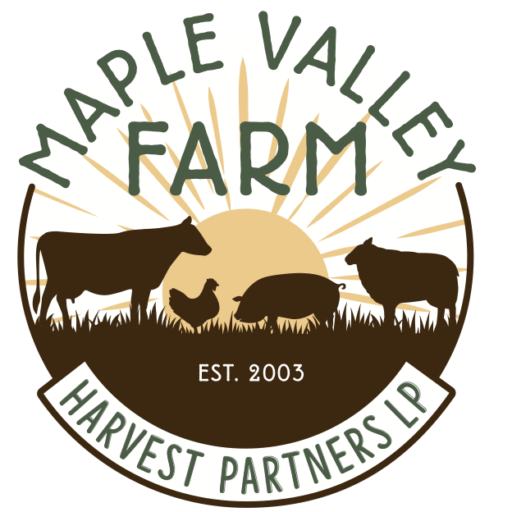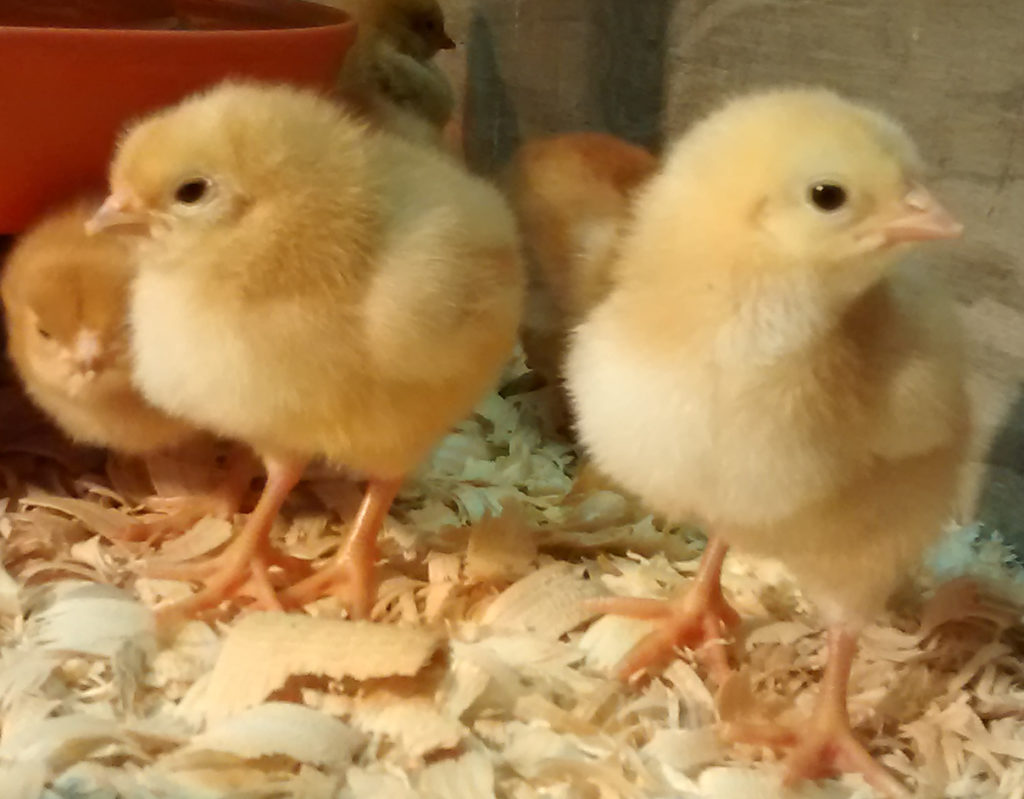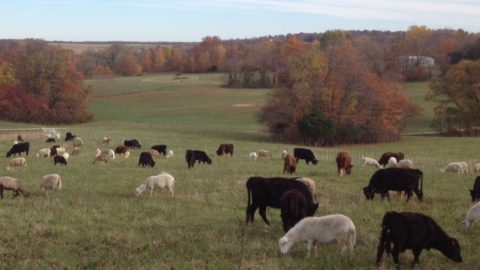Bloomington has a reputation for being a mecca for people interested in wholesome, locally grown food. While it’s true that Bloomington has a lot going for it on the food scene, the truth is, a lot of the support is just lip service. Real commitment is disappointingly rare. Here is a list of some of the greenwashing1greenwash /ˈɡriːnˌwɒʃ/ noun 1. a superficial or insincere display of concern for the environment that is shown by an organization. Collins English Dictionary – Complete & Unabridged 2012 Digital Edition © William Collins Sons & Co. Ltd. 1979, 1986 © HarperCollins Publishers 1998, 2000, 2003, 2005, 2006, 2007, 2009, 2012. In this article, we’re using the term in a broader sense to include lack of transparency in food production and misrepresentation of food products as being more ‘natural’ or ‘healthy’ than they actually are. we’ve encountered in just the few years we’ve been searching for (and more recently, growing) truly local, grass-fed and pasture-raised food for our own family:
- Farmer’s markets that continue to undermine a truly local food system in Monroe County by encouraging distant farmers (100 mile radius…) to travel across the state to peddle their wares here in Bloomington. Not only does this hinder the development of local farms, it deprives other areas of the state their own local providers who get an easy ride on Bloomington’s coat tails without being forced to develop markets in their own area. Additionally, transparency is hindered when a farm can’t be easily visited and inspected by the buyer.
- Farmer’s markets that penalize farms who distribute food directly from the farm rather than hauling it to the market. Local farms that depend on CSA’s, partnerships, shares, etc. and want to use their localness to provide a stronger connection between eaters and farms aren’t allowed to accumulate points or set up booths in more highly trafficked areas.
- Restaurants that are covered by restaurant reviewers and food writers in local magazines and newspapers that are described as sourcing their ingredients from small local farms when in fact these are large conglomerates located 90-200 miles away. (We see this frequently, including within days of writing this article) These restaurants have NEVER reached out to small farms in Bloomington or, at best, used a token amount of product for a brief period of time (I can think of only one or two examples). They should just be honest and explain that they can’t get the volume or pricing they want locally.
- Restaurants in Bloomington (more than one) where you ask the server where they get their [insert farm food] and they tell you the name of a farm that has never sold food to them!
- Restaurants in Bloomington that have a farm item on their menu but they only use that item in a tiny portion of their offerings. Be sure to ask if your fried egg is really from the farm listed on the menu!
- Grocers and restaurants that tout local farm food but it’s actually from 90 or 200 miles away (for some of the larger grocery chains, the definition of “local” includes all the states east of the Mississippi river!). You wouldn’t consider a gas station in Indy to be local, and a farm shouldn’t be any different.
- We found “natural lamb” at one local grocer that was raised on commodity grain in a mud pen next to a giant turkey CAFO in Bedford. When we asked the meat manager whether he’d visited the farm in question, his reply was “no, but all the paperwork checked out.”
- A couple of the grocery chains in Bloomington that claim an emphasis on local and organic food are actually owned and operated by the other, conventional, chains. Don’t be fooled. (Hint: when you see soy drink in the dairy section and low-fat this-and-that passed off as real food, run!)
- Putting the word “Amish” in front of the name of something doesn’t sanctify it. We did side-by-side testing on our grill and found that the “Amish” stuff shrunk up and had mushy, easily breakable, slightly twisted bones (couldn’t hold the chicken’s weight?) The bones in our chicken legs are straight and hard and the meat doesn’t turn to mush in your mouth.
- One popular chicken conglomerate used by local grocers and restaurants claims that 90% of its suppliers are small Amish farms. That’s great, but it says nothing about the percentage of product that comes from those farms. We suspect that the percentage of product from those farms is well below the 90% mark!
- We continue to see various types of meat labeled with the misleading claim that it’s “vegetarian fed.” It probably needs an entire blog post, but suffice it to say, 1) omnivores such as chickens and pigs shouldn’t be vegetarians (and can’t be if raised in a pasture/woodland environment.) 2) vegetarian == 100% grain, not leafy greens as the words may seem to suggest.
- The vast majority of farmer’s market customers are content to buy a token few vegetables, a dozen eggs, or an occasional pork chop from a “local” farm. The vast majority of their food budgets still ends up with Cargill and Monsanto via grocery store and restaurant chains.
- Bison meat is touted as a meat that is naturally healthier and leaner and that has less cholesterol and saturated fat. The fact is, bison meat will have whatever nutritional and fatty acid profile that results from its diet and how it was raised. See our article, Is Bison Better?
Some of the more generic (not specific to Bloomington) greenwashes we see:
- Chicken meat labeled as “no hormones.” Hormones have never been a part of the industrial production of chicken!
- Pork, beef and turkey labeled with “no hormones” but nothing on the label tells you about the fact the animal was fed ractopamine (beta agonist) right up to the day of slaughter.
- Animals (beef and lamb) imported from New Zealand and Australia and butchered in the US, labeled “product of USA.”
- Meat processed in China (with a “USDA inspection”) labeled “product of USA.”
- Virus sprays on chicken. No labeling required.
- Chicken meat labeled as “free range.” Meat chickens have never been raised in cages the way laying hens have! Meat chickens are raised in large confinement buildings where the birds are crammed together on a large floor.
- Eggs from chickens that are “free range.” Again, these chickens are raised in CAFO buildings on concrete floors. Bedding, if it exists, is sprayed with arsenic compounds to reduce chances of fungal infections and the birds are fed non-therapeutic doses of antibiotics. Sunlight? Fresh air?
- Organic chicken is fed organic feed but it’s still raised in the same CAFO-style arrangement. “Access to pasture” may be required, so small port holes or doors are available for the chickens to access tiny yards or porches with grass. Arial photos have shown that chickens will not leave the covered building to access these areas.
- Meat in the store that is labeled “grass-fed” may be from cattle raised in a barn and fed hay, haylage, silage, or green-chop 365 days a year. In fact, it’s legal to grain feed and finish an animal and still claim “grass-fed” as long as it was fed forage of some kind at some point in its life (that’s about 100% of cattle in the U.S., including most of our beef cattle finished in Colorado and Kansas feed lots on grain.)
- “Grass-fed” beef may come from cattle raised on pastures that have been sprayed with toxic herbicides, a common practice in larger producers.
- Fish (salmon in particular) are often farm raised and not wild caught. Producers are getting a free ride on the reputation of salmon having a healthy fatty acid profile (omega 6/3 ratio.) The problem is that when you feed farmed fish a grain-based diet, as is commonly done, it will not be high in omega 3! Salmon in the wild are high in omega 3 because plankton, algae and seaweed (high in omega 3) are the bottom of the food chain upon which they depend.
We want to be very clear. It’s nearly impossible in our economy and in our environment to be perfect. “100% natural” really doesn’t exist. The best we can do is to fulfill our role in nature as good stewards and caretakers, allow plants and animals to express their innate behaviors as much as possible and gradually eliminate more sources of contamination. Economically, we are forced to compromise in some areas until we have the resources to make improvements. We don’t think anyone, including grocers, restaurants and farmers alike can be blamed for this. However, lack of transparency and outright misrepresentation (as catalogued above) is another thing entirely and it’s far too common right here in Bloomington. We blame consumers about as much as the commercial outlets, because they should be asking questions. The fact that consumers in Bloomington don’t hold farmers markets, producers, restaurants and grocers accountable, belies a lukewarm concern for environmental regeneration, local markets, humane animal treatment and wholesome, nutrient dense food.
Can you think of any examples of greenwashing, lack of transparency or food misrepresentation? Let us know in the comments.







